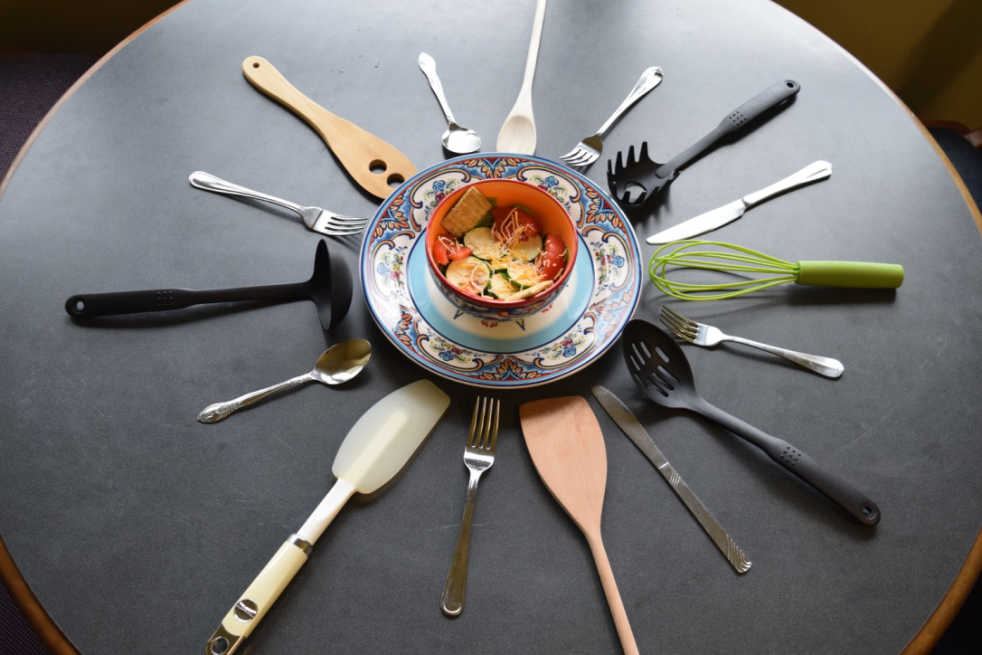You just got back from that internship, and your bank account is no longer looking anemic. Your rent isn’t due for a while, and you’re about to make a poor fiscal decision. Before buying that new watch or filling your bathtub with Henny, think about your kitchen. It misses you.
There is more to life than overcooked chicken and popcorn as a meal. There is more to life than dining halls and overpriced, unfulfilling meal plans. It is possible to cook your own food.
You may think that you’re not a cook and can never be one, but that is simply untrue. With some capital invested in your kitchen, you can make edible meals that don’t taste awful.
You will need a pan, a saucepan, a knife that doesn’t suck, a cutting board, a big spoon, a fork and a bowl. Survival is possible with just these seven things.
Get used to pasta and rice dishes, which can grow dull but provide life-sustaining carbohydrates. You will be making lots of spaghetti dishes, but cooking is about practice.
Finding a recipe online is great, but it will likely not come out well the first time you make it. That is OK. Keep going.
There are a wealth of YouTube channels that feature varying complexities of recipes. A few are Laura in the Kitchen, Jamie Oliver’s FoodTube, and Everyday Food. These not only present semi-fancy meals but also ones that any skill level cook can prepare with little trouble.
If you want to be fancy and use the oven, get yourself a baking sheet. You can bake bread. Bread may seem intimidating, but it’s actually significantly cheaper to bake your own bread than to buy it from the store. Flour, water, salt, and yeast are the four required ingredients.
A simple recipe is 500 grams (4 cups/a lot of) flour to 300 grams (1.25 cups/just guess) water with a tablespoon of salt and a single sachet of rapid rise yeast.
Mix. Knead for 10 minutes. Cover the dough and let it rise for two hours. Flatten it. Ball it up again. Let it rise for an hour. Bake at 425 F for up to 40 minutes and let it cool. This costs maybe $2, which is less than half the price of bread at the store.
Once you find a recipe that works, never deviate from that working base. You can add frills later, but that core recipe will carry you through the years.
If you’re past survival and can improvise basic recipes, it’s time to turn up. Take that watch out of your Amazon cart. It’s time to get cracking.
You will need: a nonstick cookware set, a chef knife that costs more than $30, several plastic spoons, a plastic spatula, a big wooden spoon, a vegetable peeler and a roasting tray.
You will notice a massive difference in your ability to prepare meals. A sharp knife cuts prep time like the same sharp knife through your vegetables. Nonstick pans are magical to cook with, and those plastic implements will prevent them from being scratched.
For extra turn up to every meal, use olive oil. To get your five-a-day fruits and veg, think about getting a blender or NutriBullet to compress that requirement into a smoothie. Buy some short-grain rice and make a risotto. Carry an eight-pound roast back to your room: $20 gives you meat for almost two weeks.
With these simple tips, you too can become a campus chef. The tools are all there. All that’s left is to give love to your kitchen, and it will love you back.
